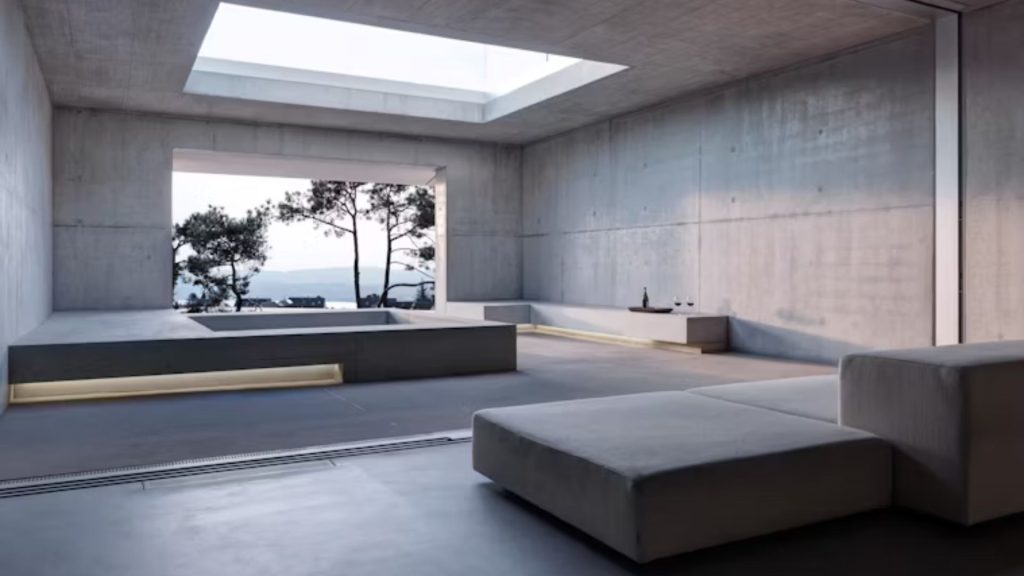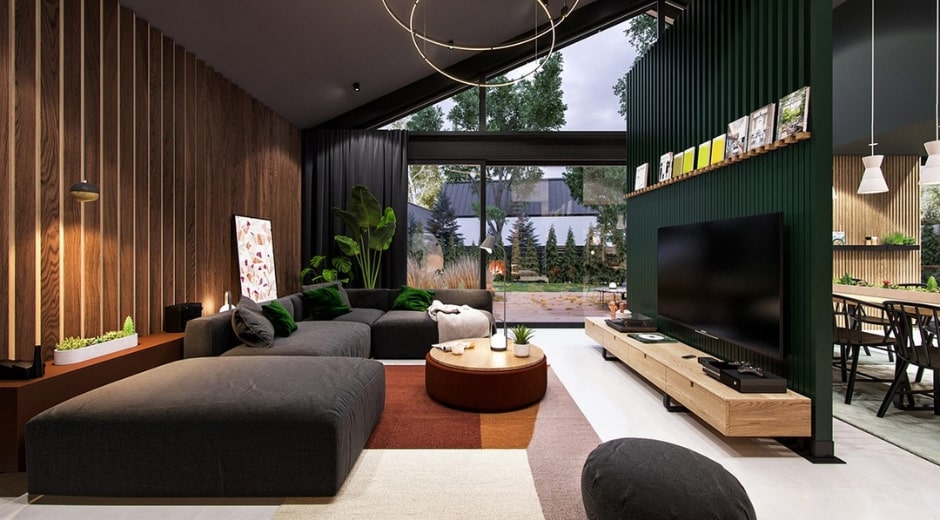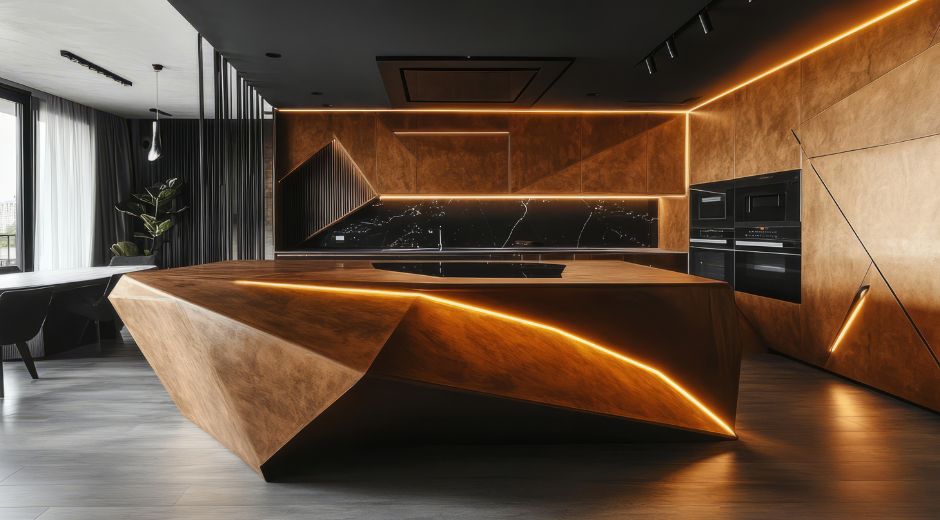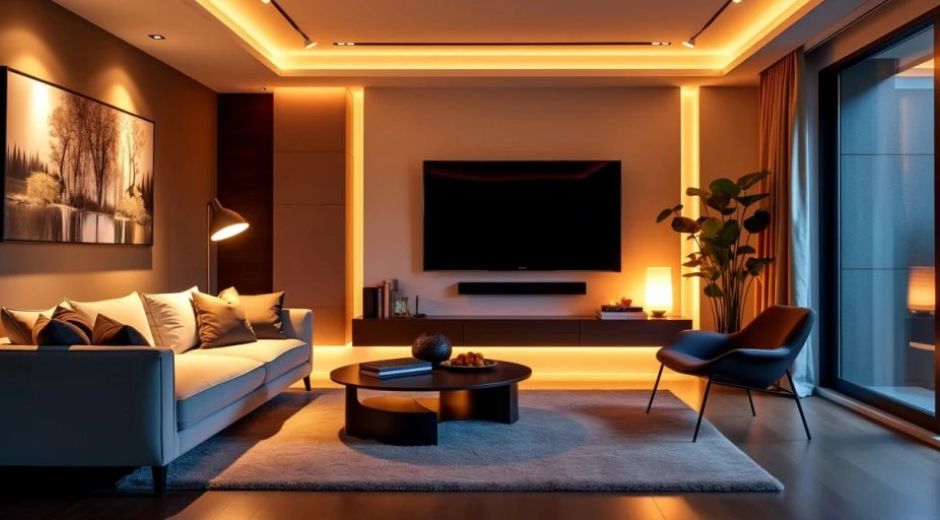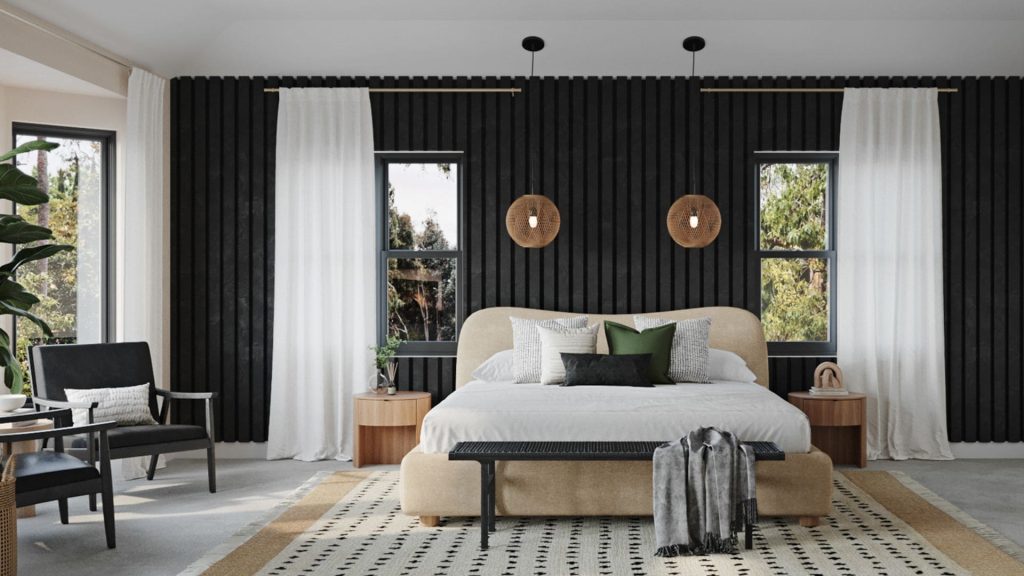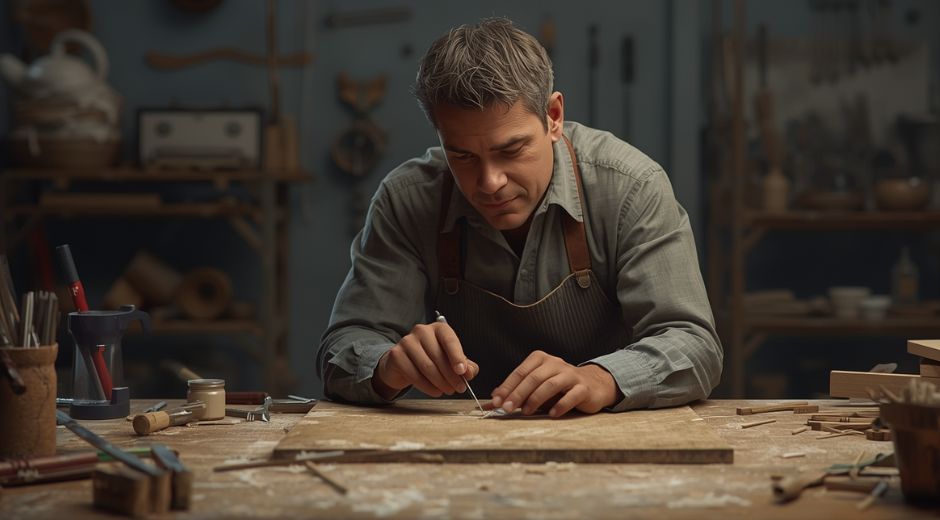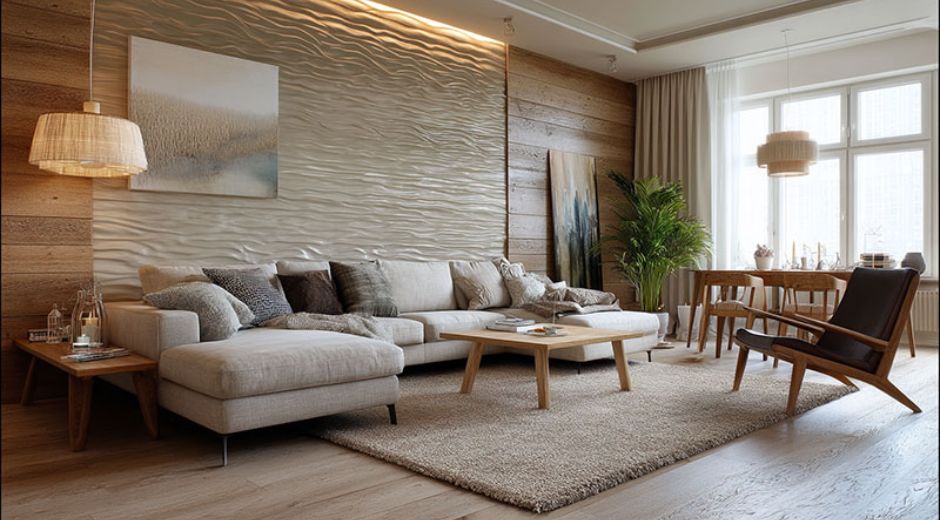Minimalist Interiors: Finishing Touches That Prove Less Becomes More
Minimalist Interiors: Finishing Touches That Prove Less Becomes More
Designing a beautiful home often comes down to the details. In Minimalist Interiors, every piece, texture, and finish has a purpose. Unlike other styles that rely on abundance, minimalism is about curating spaces that feel calm, open, and intentional. The finishing touches — lighting, materials, colors, and accessories — are what transform simplicity into sophistication.
The Philosophy Behind Minimalist Interiors
At the core of Minimalist Interiors lies the principle of “less is more.” This philosophy encourages clean lines, open space, and a focus on quality over quantity. Instead of filling a room with decor, the goal is to highlight a few key pieces that embody function and beauty. The result is an environment that feels balanced, uncluttered, and deeply relaxing.
Minimalism doesn’t mean emptiness; it means restraint. Each item is chosen carefully, and the finishing details — a brushed metal handle, a smooth wooden trim, or a neutral-toned rug — contribute to the overall sense of harmony. To explore professional inspiration for minimalist and modern home projects, check out Metro Property Homes, a great source for design and remodeling ideas.
The Power of Finishing Touches in Minimalist Interiors
Small details can make a big impact. Finishing touches such as lighting fixtures, wall textures, and accent materials define how a space feels. In Minimalist Interiors, these finishing elements are often understated yet elegant.
Lighting Matters Most – Use natural light wherever possible, paired with slim, unobtrusive fixtures. Recessed lighting and linear LED strips are excellent for highlighting architectural lines.
Hardware and Fittings – Choose handles, knobs, and switches with a matte or brushed finish. Subtle metallic accents in black, chrome, or brass can elevate the room without overpowering it.
Surface Finishes – Opt for smooth, clean materials such as polished concrete, marble, or matte paint. These provide texture without visual clutter.
Flooring and Trims – Simple baseboards, light wood floors, and neutral-colored tiles reinforce the serenity of Minimalist Interiors.
When executed well, these touches make the space look intentional and cohesive, rather than bare or unfinished.
Balancing Function and Aesthetics
A successful minimalist space is not only beautiful but also practical. Every piece must have a purpose, yet still contribute to the visual flow. For example, concealed storage maintains order without disrupting the clean lines of Minimalist Interiors. Multi-functional furniture, like a bench that doubles as storage, enhances usability while keeping the design minimal.
If you’re planning to upgrade or remodel, exploring resources like Fixolix can help you find innovative ideas for both functionality and style. Their guides often emphasize the balance between practicality and aesthetic precision — the key to any well-designed minimalist home.
Materials That Define Minimalist Interiors
The choice of materials is crucial. In Minimalist Interiors, textures replace patterns and shapes create visual interest. Consider pairing contrasting materials — smooth stone with warm wood, or glass with metal — to keep the design visually dynamic without adding clutter.
Some timeless minimalist material combinations include:
White walls with light oak floors
Concrete countertops with matte black fixtures
Linen curtains paired with brushed steel accents
Neutral-toned ceramics with glass or acrylic elements
These combinations allow you to maintain simplicity while creating a tactile, welcoming atmosphere.
The Role of Color and Light
Color plays an essential role in defining Minimalist Interiors. Neutral tones like white, beige, soft gray, and sand serve as the foundation. These colors reflect natural light, making rooms appear larger and airier. Accent colors can be used sparingly — perhaps through a single artwork, plant, or decorative cushion — to introduce warmth or contrast.
Lighting further enhances these tones. Daylight is a minimalist designer’s best friend, while soft ambient lighting at night keeps the atmosphere serene. Layering light sources, from floor lamps to indirect ceiling lights, adds depth without disrupting simplicity.
Incorporating Natural Elements
Minimalism thrives when connected to nature. Wood, stone, clay, and linen bring warmth and authenticity to Minimalist Interiors. A few plants or natural decor items can soften sharp lines and create a sense of peace.
For instance, a single tall plant in a neutral ceramic pot or a wooden side table with organic edges adds life without cluttering the space. Nature-inspired finishes also help tie interior design to sustainable living, a growing trend in modern architecture.
If you want to explore sustainable building materials and eco-friendly designs, Metro Property Homes offers great insight into property upgrades that blend environmental responsibility with elegant aesthetics.
Avoiding Common Mistakes in Minimalist Design
While minimalism seems simple, it’s easy to go wrong. Here are common mistakes to avoid when working with Minimalist Interiors:
Too Little Personality: Spaces that are too plain can feel sterile. Add a few meaningful items — artwork, textures, or plants — to keep it inviting.
Ignoring Warmth: Stick to a neutral palette but mix warm and cool tones for balance.
Cluttered Accessories: Avoid over-decorating. Each accent should serve a visual or functional purpose.
Poor Lighting Choices: Insufficient or overly harsh lighting can ruin the minimalist vibe.
Cheap Materials: Quality matters more than quantity. Invest in durable finishes that age gracefully.
By avoiding these pitfalls, you can achieve the timeless elegance that defines Minimalist Interiors.
Minimalism Beyond Aesthetics
Minimalism is more than a design style — it’s a lifestyle. It’s about intentional living, focusing on what truly matters, and letting go of the unnecessary. In Minimalist Interiors, space itself becomes a luxury, offering room to think, breathe, and live comfortably.
This design philosophy encourages mindfulness and simplicity in everyday life. By choosing fewer, better-quality items and finishes, you create a space that reflects clarity and balance.
Conclusion
The beauty of Minimalist Interiors lies in restraint — every finish, accent, and fixture serves a purpose. The finishing touches transform clean lines and empty space into something meaningful, peaceful, and modern.
Whether you’re redesigning a single room or an entire home, remember that true minimalism doesn’t sacrifice comfort; it enhances it through careful curation.
For more design ideas, trends, and practical guides, explore Fixolix, your go-to source for smart renovation tips. And when you’re ready to bring your minimalist vision to life, visit Metro Property Homes to discover how professionals can turn your concept into a beautiful, functional reality.
The Pulse of Repairs

Use Joint Tape for Strong, Clean Wall Finishing
Use Joint Tape for Strong, Clean Wall Finishing

How a Stud Finder Makes DIY Projects Safer
How a Stud Finder Makes DIY Projects Safer

Sealing Tape Uses for Waterproof DIY Repairs
Sealing Tape Uses for Waterproof DIY Repairs

Floor Screed Basics for Level, Durable Surfaces
Floor Screed Basics for Level, Durable Surfaces

Wall Anchors That Support Heavy Home Fixtures
Wall Anchors That Support Heavy Home Fixtures

Foam Insulation Tricks for Lower Energy Bills
Foam Insulation Tricks for Lower Energy Bills

Modern Hinge Systems for Smooth, Silent Doors
Modern Hinge Systems for Smooth, Silent Doors

Cable Routing Tips for Cleaner Home Installations
Cable Routing Tips for Cleaner Home Installations
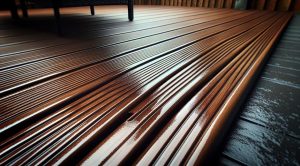
Deck Coating Ideas for Long-Lasting Outdoor Floors
Deck Coating Ideas for Long-Lasting Outdoor Floors
